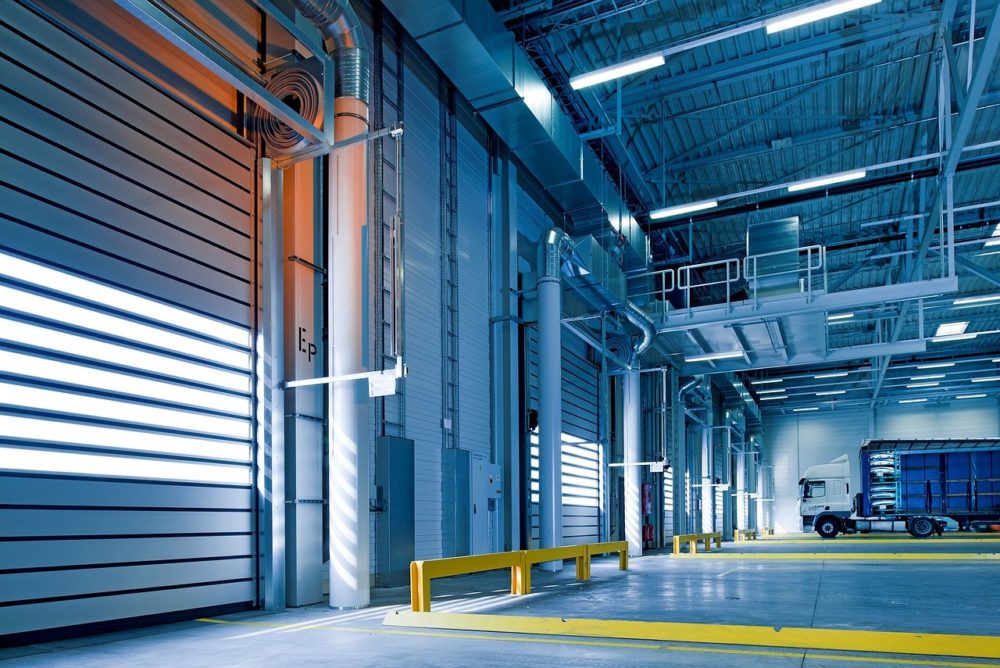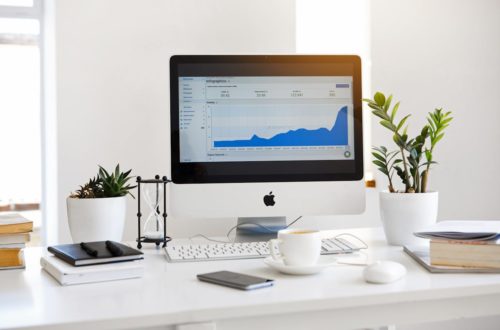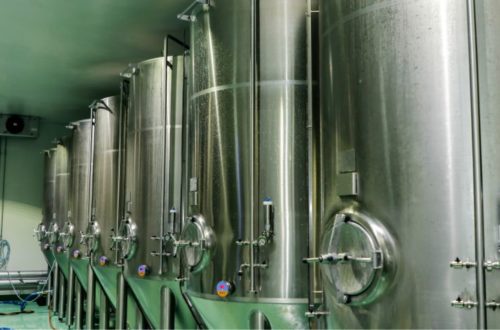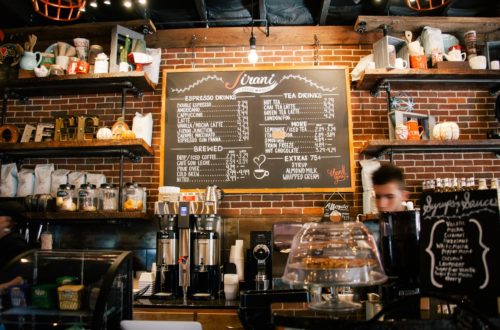Understanding Warehouse Backflushing

Backflushing is a term which is usually used in correlation with a manufacturing process. It is the act of reversing the flow of a liquid in a process to clean out the pipes and filtering system. Given this explanation, it is understandable that the idea of backflushing a warehouse is often viewed with bewilderment and confusion. This is merely a result, however, of bad terminology for a very simple process.
Backflushing in a warehouse actually only means supplying a product to a production line at the point at which the supply runs out. Another term for this is Just in Time supply, which is usually met with a much more reasonable response because it offers a clearer explanation of the process.
Problems of Warehouse Supply Systems
Just in Time supply offers many problems for a warehouse supply system because time constraints are very tight and the consequences of failure to meet a deadline can be dire. If any stage of the process from the pallet racking storage, the loading with the overhead crane, or the transport to the production line is delayed, then an entire line of production can become wastage very quickly. If you are delivering capacitors for a radio, for example, then your failure to deliver this insignificant item could cause all other processes in the production line to be wasted because it is cheaper to dispose of these products than it is to stop production.
Benefits of Backflushing a Warehouse
The process of backflushing relies on an understanding of the production process and what is required. By understanding how much of the product is needed, it is possible to calculate when levels will become low and supply a top-up before the production line runs out of items. This system basically tops the supply up from the back so that it never runs out. Some of the benefits of backflushing are:
- Where scrap is a common production of the product, backflushing will be useful to ensure you can keep producing until you meet the required quantity of good products.
- Where there is a potentially left-over supply from production, backflushing will enable you to top the supply up to the appropriate levels for the next round of production.
- Backflushing allows the easy recording of items which can only be delivered in set amounts which do not match the requirements.
An Example of Backflushing
In a car assembly line, for example, instead of tracking the exact amount of steel, plastic, and other components used at each stage of assembly, backflushing allows the system to record the overall material consumption after the vehicle is fully assembled and passes the final inspection. This method simplifies inventory management, eliminates paperwork, and increases productivity, especially when measuring exact material use at each stage is difficult.
Would you like to receive similar articles by email?





